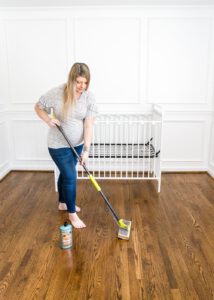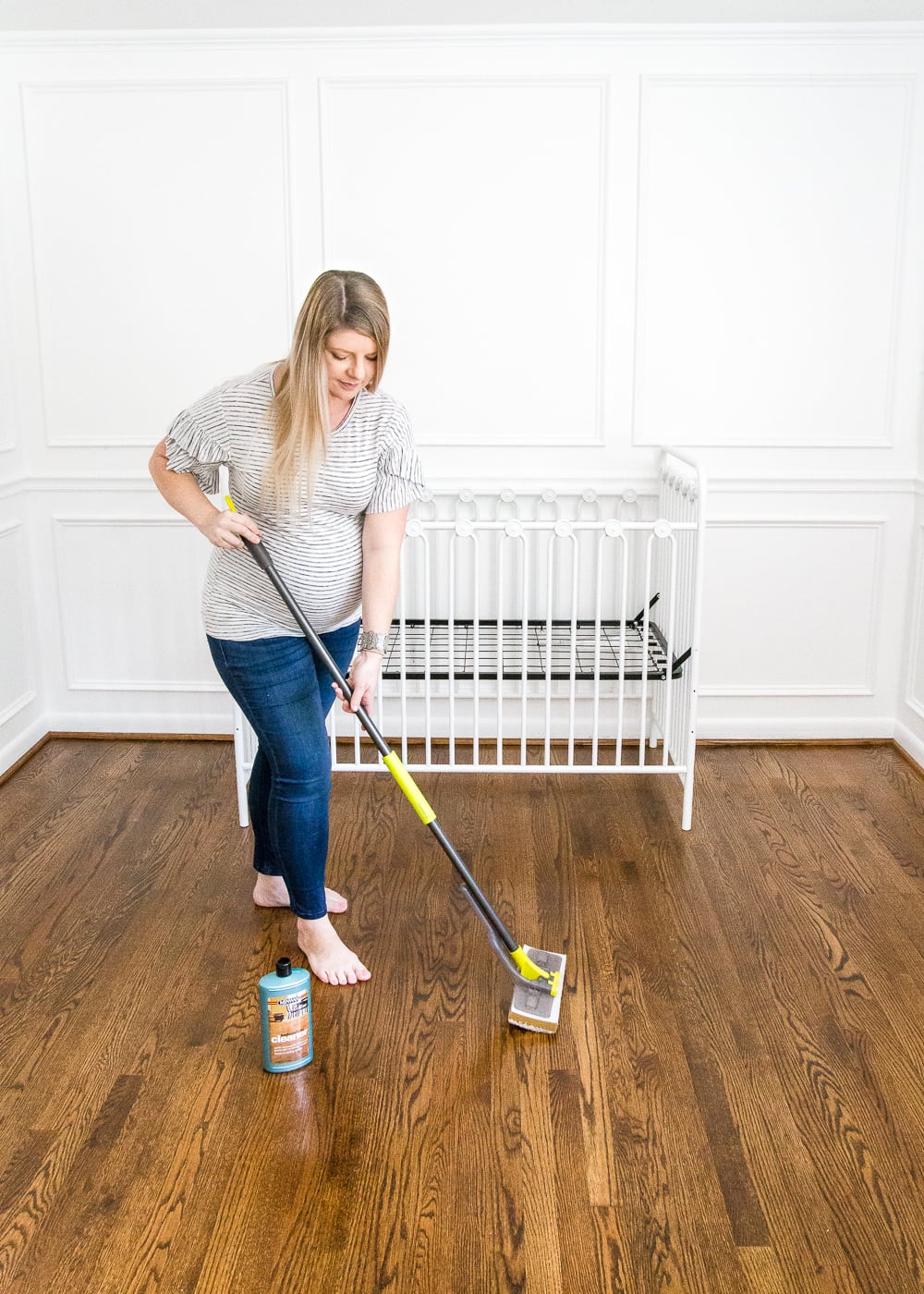Hardwood floors are gorgeous and can make your home feel warm and inviting. However, they can become dull and scratched from normal wear and tear over time.

You can choose to give your hardwood a full refinish or a subdued screen and recoat. Both will take care of moderate marring and discoloration, but the recoat is less costly. For professional expertise, call Hardwood Floor Refinishing Bergen County NJ now!
Hardwood floors are a beautiful and durable flooring option, but they can be damaged over time from everyday wear and tear. Refinishing and resealing are two ways to restore your hardwood floors. Both methods help protect your floor and give it a fresh new look, but refinishing is more labor-intensive than resealing and requires a complete sanding of the existing finish.
Refinishing is a messy job, so it is important to clear out the room of all furniture and fixtures before starting. It is also a good idea to seal doors, windows and vents to prevent dust from spreading throughout your home. After sanding the entire room, you will need to clean the surface of the floor thoroughly to remove any dust and grit from the sanding process.
The sanding process can be long and tedious, but it is essential to the success of your refinishing project. During this step, our experts use a commercial-sized rotary drum sander, an edger and a buffer to remove the old finish from your floor. This process is usually done in one room at a time, so it is important to keep all rooms clear of furniture and rugs to avoid getting the finish on them.
After the sanding process, it is important to let your floors dry completely. This will help ensure that the new finish adheres properly and that there are no flaws or gaps in the finish. Our expert technicians will then buff the floor with a buffer or an orbital sander with fine-grit sandpaper to smooth out any rough areas from sanding and give the floor a glossy, new appearance.
Once your floors have dried, you can move back in and enjoy the beauty of your freshly refinished hardwood floors! The finish will need to cure for seven days for Pacific Strong and approximately one month for polyurethane. It is important to follow the curing instructions provided by the manufacturer of your chosen finish to ensure that it dries and cures correctly.
While refinishing is a great way to rejuvenate your hardwood floors, you may also want to consider staining them with a color that matches your decor. If you choose to add a color, you will need to perform a process called water popping prior to the application of the stain to ensure that it penetrates the wood evenly.
Sanding
Before refinishing begins, the floor should be completely cleaned to ensure that all dust and dirt is removed from the surface. This should include sweeping and vacuuming. It may be a good idea to also use a mop or cloth dampened with mineral spirits to eliminate any remaining particles from the surface of the wood. It is important that the floor is sanded evenly to avoid any noticeable gaps or gouges in the floor. Any protruding nails should be hammered down using a nail set before beginning the sanding process, as they can easily ruin sanding belts and pads. It is also a good idea to regularly switch out the sandpaper on your power sander, especially as you start to run low, as this will ensure that you are always sanding with a fresh layer of paper.
The sanding process can be time-consuming and messy, but it is necessary to eliminate deep scratches and discoloration that cannot be fixed with a simple resealing. It is important to wear appropriate safety equipment during this step, including a respirator mask and a dust collection system. A variety of dust collection systems are available on the market, including vacuum attachments that attach to your sander and indoor vacuums designed specifically for flooring refinishing. A dust to bag can also be used to collect and contain the dust particles until they can be properly disposed of in an approved container.
After the sanding is complete, it is important to buff the floor once again to remove any remaining marks or scratches. This can be done with a floor buffer or a hand-held pole sander fitted with a fine 120-grit sanding screen. It is important to buff in the direction of the grain, and overlapping each pass.
Once the buffing is complete, the floors are ready for staining. It is a good idea to test the stain on a corner of your floor before applying it to the entire surface, to make sure you are happy with the color and shade. Once you are satisfied with the results, it is a good idea to wait 24 hours for the floor to dry before applying the finish.
Staining
As you might expect, staining is a very labor-intensive process. Staining isn’t the same as painting a room, however. The colors of paint can be changed by repainting the room, but staining is permanent. That’s why it is so important to test the color of a small area before doing the whole floor. The stain needs to be a good match with the overall design of the room as well.
It’s also important to keep in mind that staining will accent any sanding marks or imperfections on your hardwood floors. This is a good thing, but it can also be a negative if you are aiming for a smooth and flawless surface.
There are several different options for staining, and each one comes with its own advantages and disadvantages. Some are easier to work with than others, but the results can be very beautiful. We can help you decide what kind of stain to use, and we will prepare your wood floors for the staining process.
Once the stain is complete, your wood floors will need to dry for a few days before the finish is applied. Again, the time it takes for the stain to cure will depend on current weather conditions, including temperature, humidity, and air movement.
When the stain is completely dry, your floors will be ready for a final coat of polyurethane. This will give your floors a nice sheen that is very durable. The choice between oil-based and water-based polyurethane will depend on your personal preference as well as the look you are aiming for.
Once the polyurethane has dried for a few days, your hardwood floors will be ready for use. It’s best to keep the furniture off of the hardwood until it dries completely, which can take up to a week depending on the weather conditions. It’s also a good idea to clean the furniture periodically during this process, as grit can get stuck in the joints. This can be removed with a broom or vacuum cleaner, but may require the use of mineral spirits on hard-to-reach areas.
Finishing
Refinishing is a messy, time-consuming job, but if you have the skills and tools you can do it yourself. However, if you have no experience with hardwood flooring or simply don’t have the time to commit to the project, hiring a professional could be a smart decision. Professionals know the process inside and out, ensuring your floors will look beautiful for years to come.
After sanding your floor, you’ll need to clean it thoroughly before applying a finish. Using a vacuum cleaner, microfiber cloths or tack rags, remove all dust and debris from the surface of your wood floors. It’s important that you take the time to do this correctly, as any dirt or dust left on the wood floor will mar the finished product.
Once your floor is clean and free of any debris, you can begin the staining process. Apply the stain to your floor using a brush or rag in the direction of the wood grain. Allow the stain to dry completely before applying a second coat, if necessary.
Next, you’ll need to protect the baseboards and trim around your wood floors by taping and wrapping them. This will prevent the newly applied finish from sagging or bubbling under pressure. It’s important to do this because it protects your investment and helps to ensure the finish lasts as long as possible.
If your floor has a light, low impact damage that does not go into the wood itself, it may be possible to simply reseal the floors rather than refinishing them. This will save you both money and time, but it’s essential to consult a hardwood specialist before making this decision.
When it comes to refinishing and resealing, it’s important to follow the manufacturer’s instructions. These will provide the proper drying times and a schedule that you should stick to in order to avoid damaging your floors. It’s also important to remember that pets need to be kept off of the wood floors during all coating processes, regardless of the finishing product you choose. We recommend waiting about a week before putting furniture back onto the hardwood floor after your refinishing project is complete.

